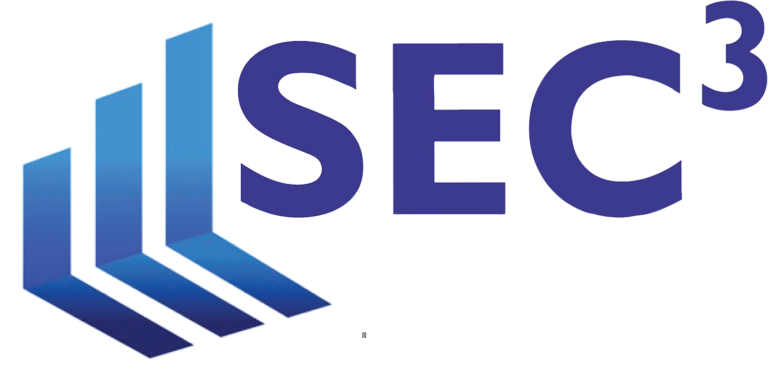The final week of June was a busy one for SEC releases following the SEC’s June 28th open meeting. Among these was a revisit of Rule 22e-4 under the Investment Company Act, a.k.a. “the Liquidity Rule”, which was originally adopted in October of 2016 in an effort by the SEC to promote effective liquidity risk management and disclosure by open- end mutual funds. On June 28, the SEC adopted changes to the Liquidity Rule affecting periodic reporting on liquidity and the treatment of individual holdings across the liquidity buckets.
Replacing Reporting Requirements
The SEC is rescinding the requirement that funds publicly report aggregate liquidity classification information about their profiles in Form N-PORT. The amended rule will require funds to disclose through a narrative discussion the operation and effectiveness of their liquidity risk management program in their annual or semi-annual shareholder report. This is meant to make the disclosure more accessible and allow the discussion of liquidity risks in the broader context of the factors affecting a fund’s risks, returns, and performance. Under the proposal, this discussion of the operation and effectiveness of a fund’s liquidity risk management program will occupy a new section of the shareholder report following the discussion of board approval of advisory contracts. While the effective date of the rule is September 10, 2018, the SEC wanted to provide additional time so that funds have at least a full year of experience with the liquidity risk management program before including the new narrative disclosure in their shareholder report. The actual compliance date for Large Entities is June 1, 2019 with the first Form N-PORT due July 30, 2019 and the first N-1A due December 1, 2019. The compliance date for Small Entities is March 1, 2020 with the first Form N-Port due April 30, 2020 and the first N-1A due June 1, 2020.
Exemption denied
The Staff noted that several commentators requested an exemption for funds that primarily hold highly liquid investments and In-Kind ETFs due to their significantly lower liquidity risks, arguing that such funds could be exempted from including the proposed new disclosure about their liquidity programs in shareholder reports. However, the SEC was not persuaded, noting that while these highly liquid funds are exempt from certain requirements under the Liquidity Rule, they still must have a liquidity risk management program and that investors would still benefit from the discussion of its operation and effectiveness. The release did note, however, that just as the programs would be scaled to the liquidity risks faced by the fund, so too could the discussion be tailored where programs are less complex.
Satisfying the requirement
To satisfy the disclosure requirement, a fund generally may provide information that was provided to the board about the operation and effectiveness of the program, and insight into how the program functioned over the past year. The discussion should provide investors with enough detail to understand how a fund manages its liquidity risk. Elements suggested in the release include
- A discussion of particular liquidity issues that the fund faced during the year (such as a period of high redemptions or illiquidity in particular holdings) and explain how those risks were addressed.
- Where a fund faced significant liquidity challenges, a discussion of how those challenges affected the fund.
Additionally, funds may, but are not required to, include
- A discussion of the role of the classification process, the 15% illiquid investment limit, or the highly liquid investments in the fund’s liquidity risk management process;
- A contextual narrative about how liquidity risk is managed in relation to other investment risks of the fund; and
- A discussion of other metrics (spreads, turnover or shareholder concentration issues, as applicable) and their effect on fund liquidity risk management.
The adoption also includes amendments to Form N-PORT designed to help the SEC monitor trends in cash and cash equivalents in the absence of the original aggregate reporting requirement.
Liquidity Buckets
In an effort to address certain difficulties that arise from the requirement to classify each holding into a single category, the Liquidity Rule will allow that each position in a portfolio may be eligible for consideration across multiple category “buckets” under three circumstances:
- Where the nature of other positions (e.g., partial coverage by puts) has a potential impact on the liquidity of some portion of the holding;
- Where sub-advisers report a common holding in different liquidity buckets; and
- Where, for internal risk management purposes, funds classify holdings proportionally across buckets based on an assumed sale of the entire position.
The SEC also clarified that funds following the classification splitting approaches provided above for Form N-PORT may apply such splitting more generally in their classification processes across the requirements for Rule 22e-4. SEC Adopts Targeted Changes to Public Liquidity Risk Management Disclosure For the full text of the release, click here.
Other Resources
The adopting release for the investment company liquidity risk management program rules can be found on the SEC’s website at https://www.sec.gov/rules/final/2016/33-10233.pdf. An interim final rule release concerning the compliance dates for certain elements of rule 22e-4 and related reporting requirements can be found on the SEC’s website at https://www.sec.gov/rules/interim/2018/ic-33010.pdf. The proposing release for the rules can be found on the SEC’s website at https://www.sec.gov/rules/proposed/2015/33-9922.pdf.

